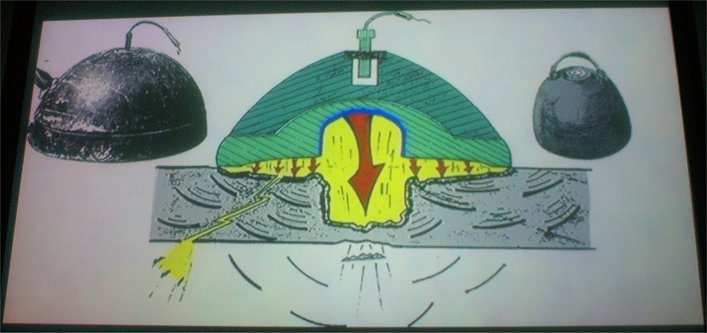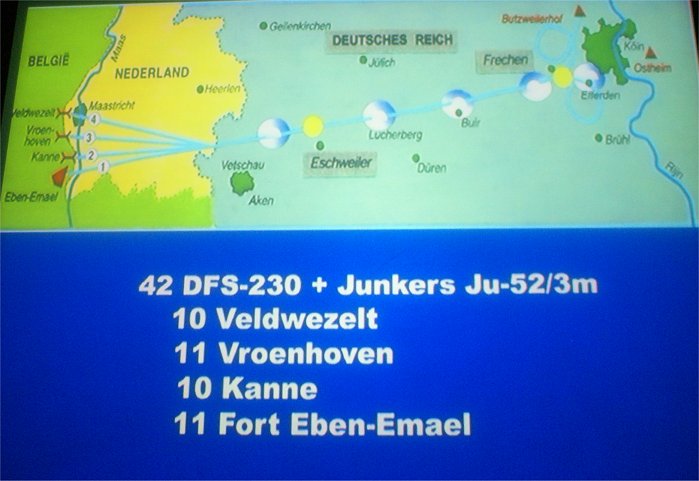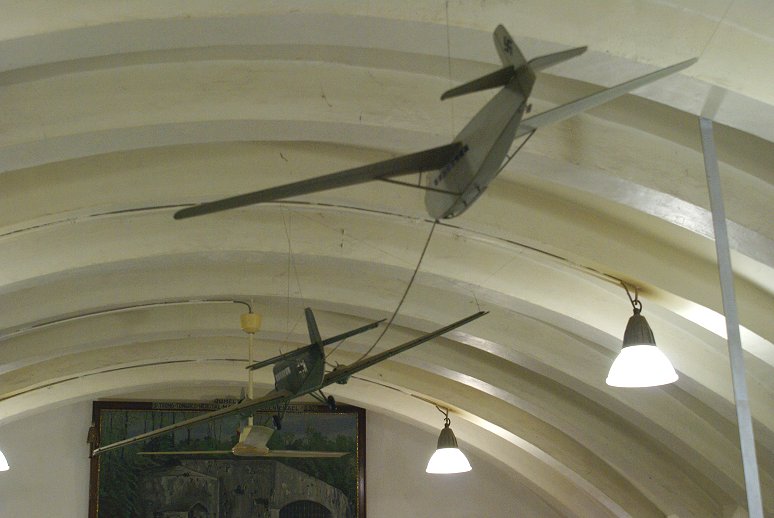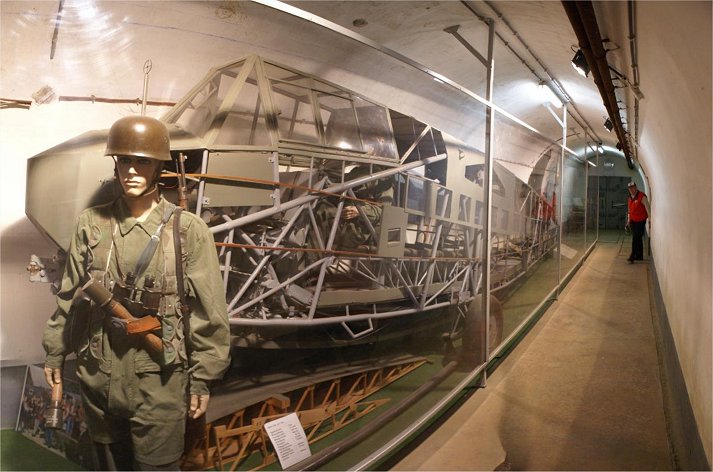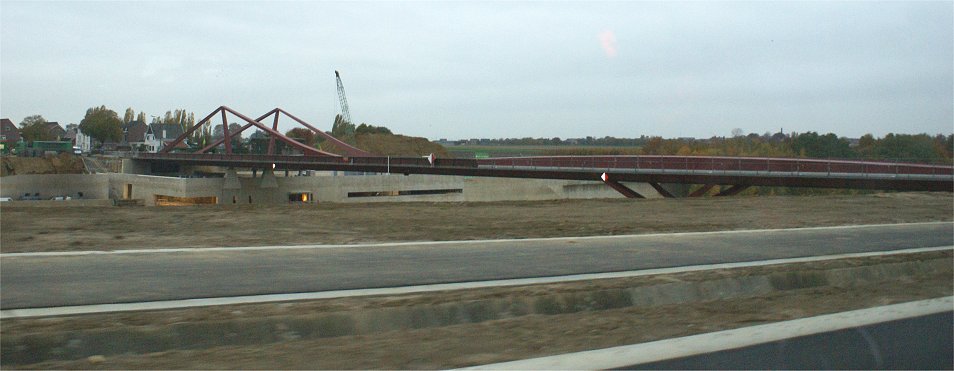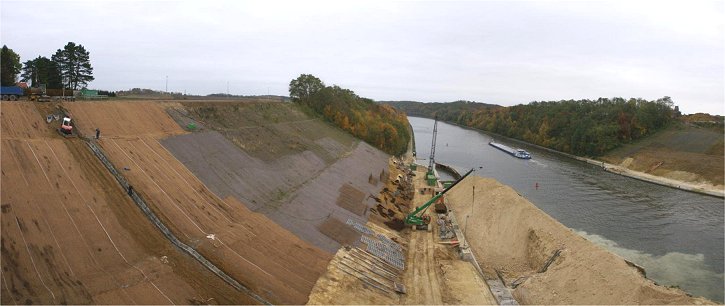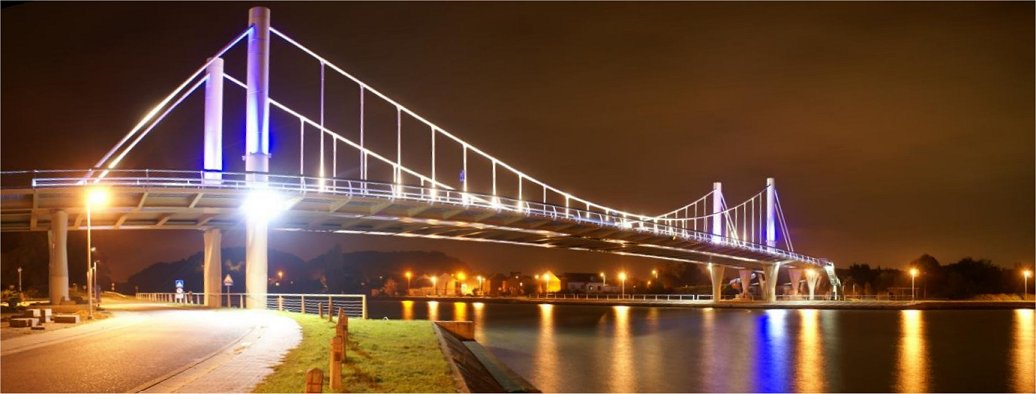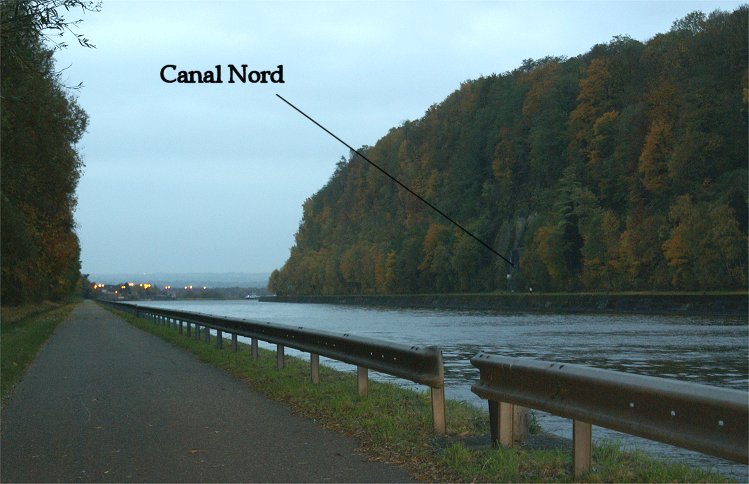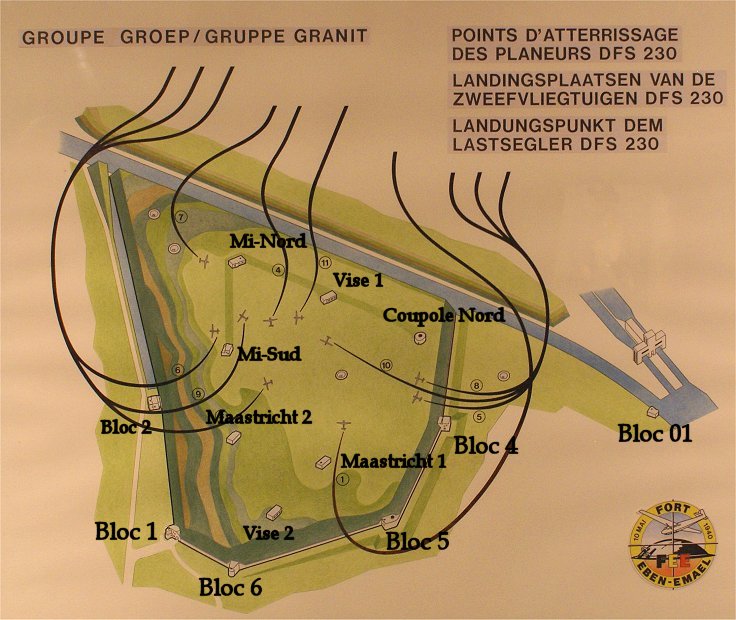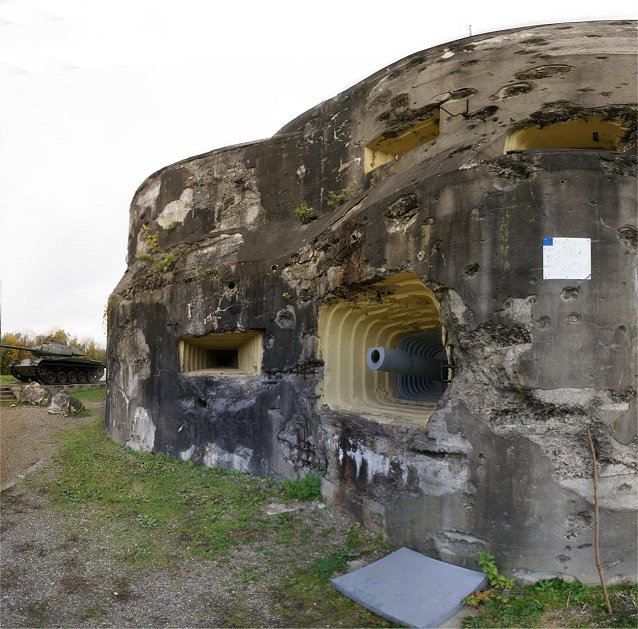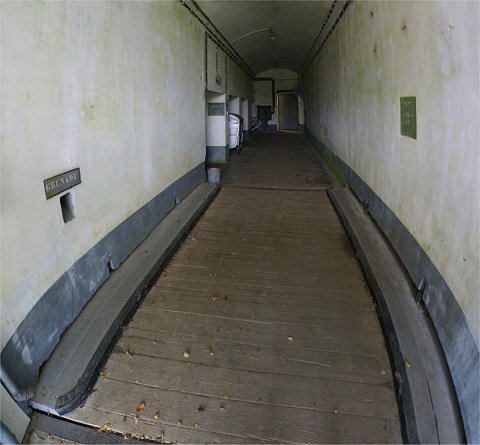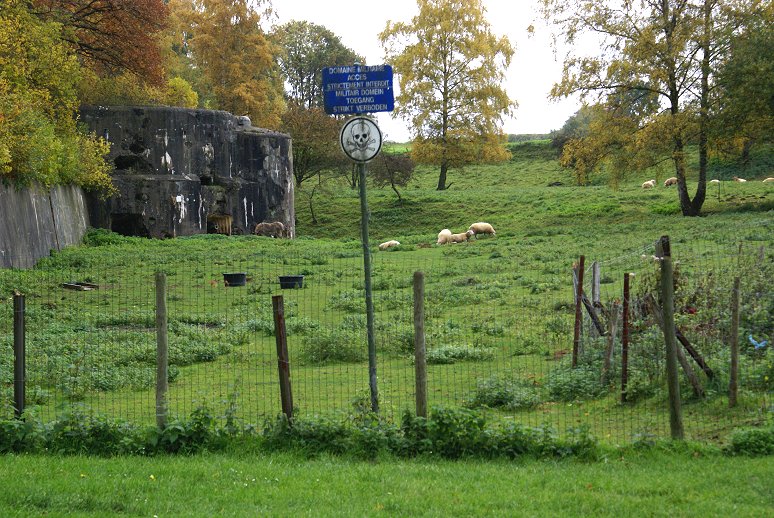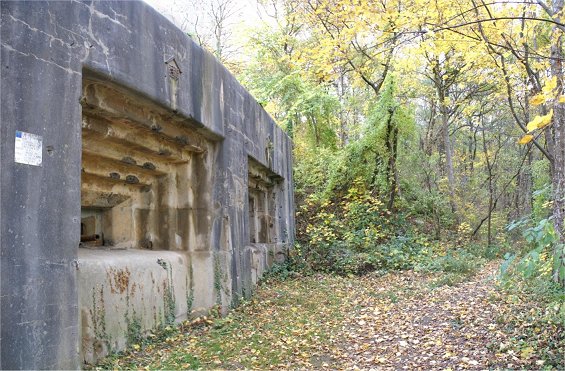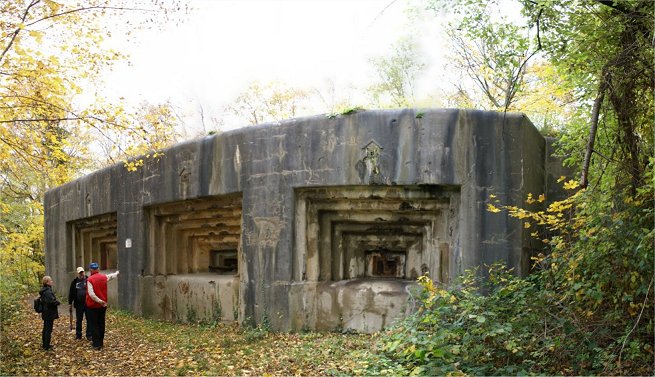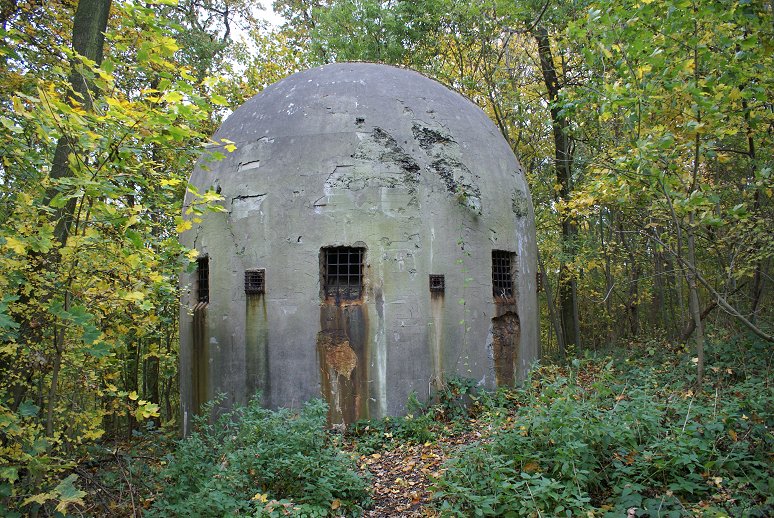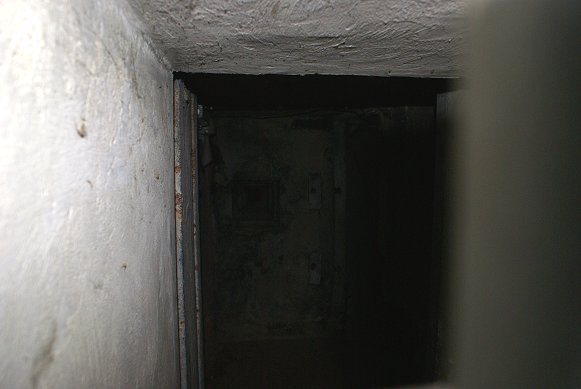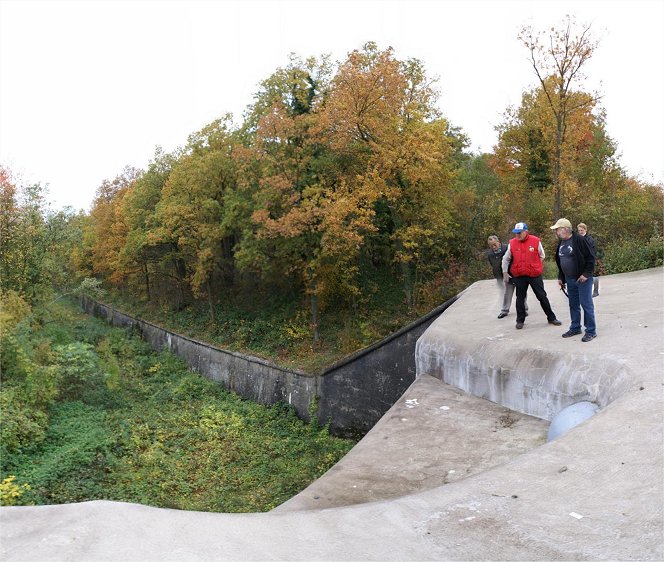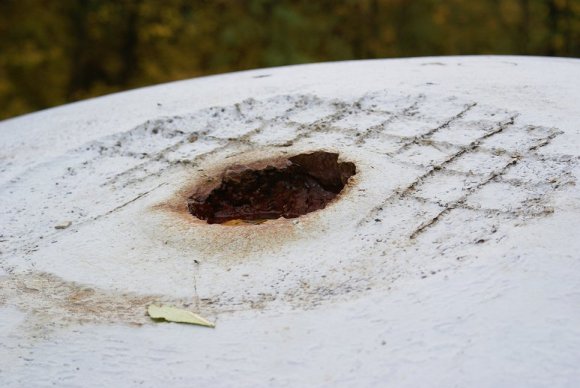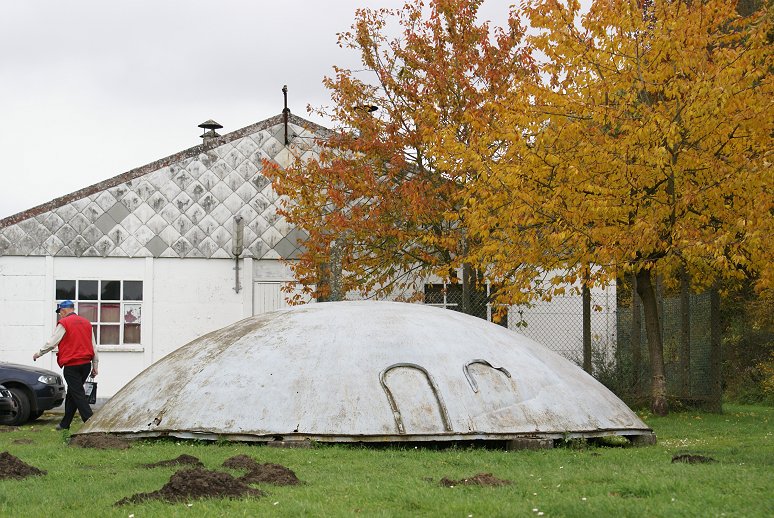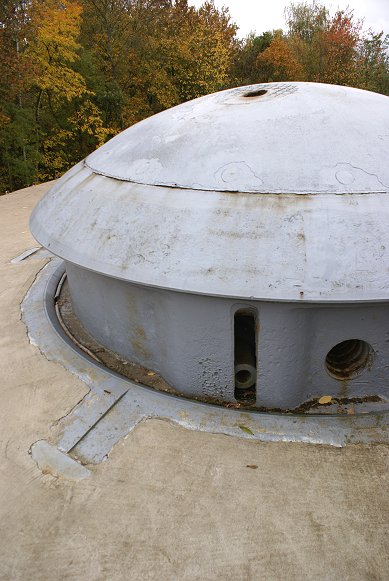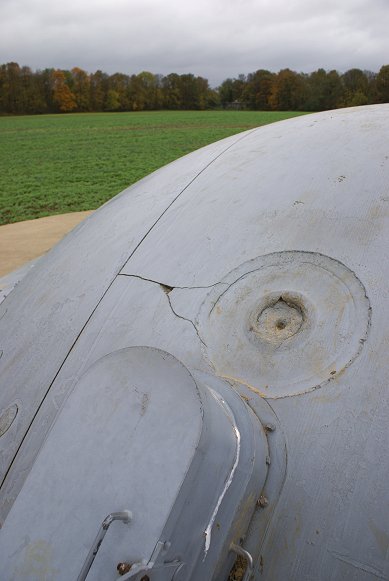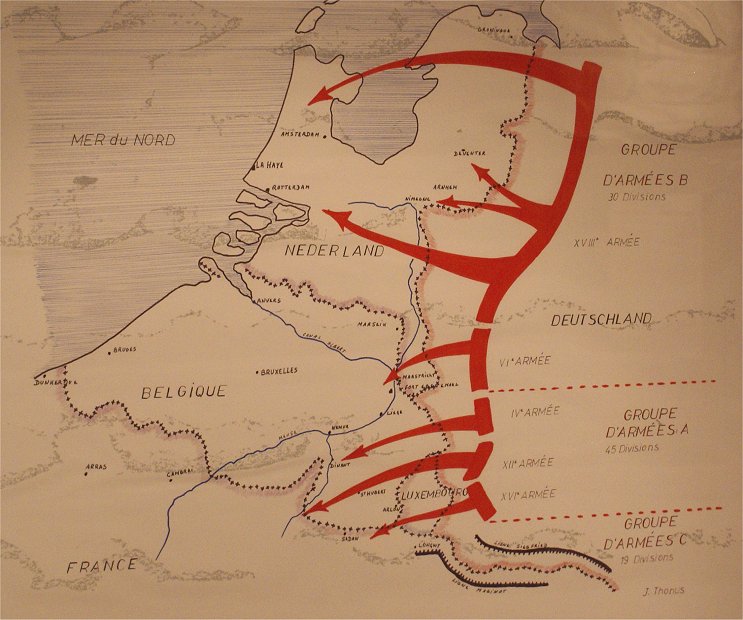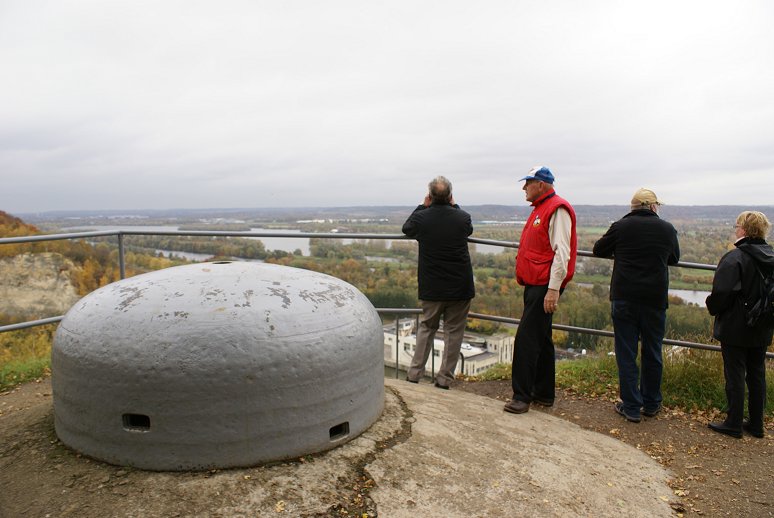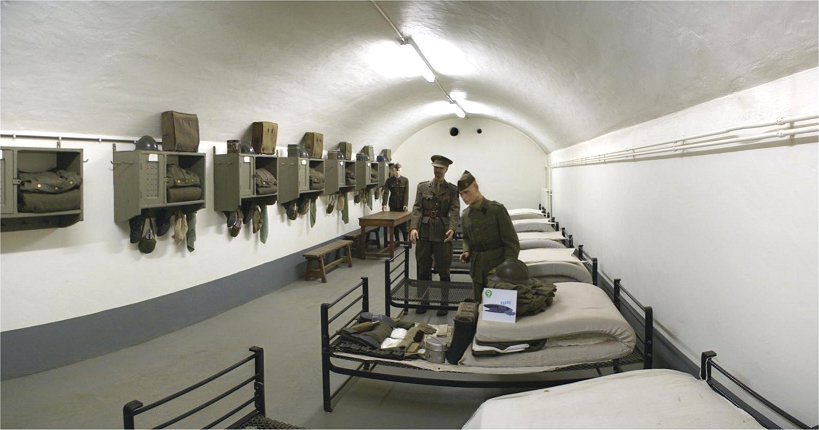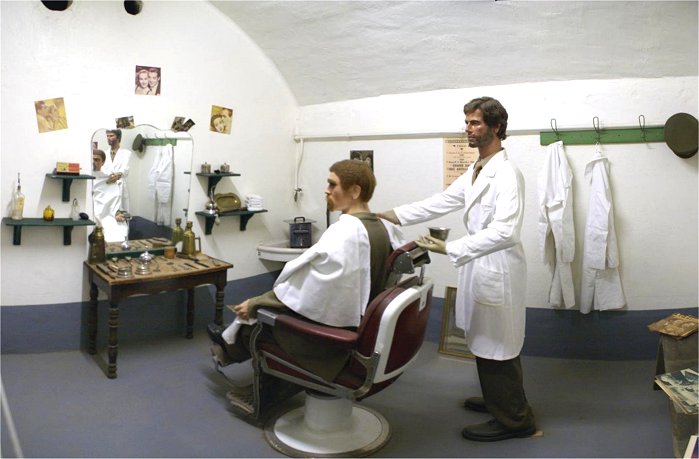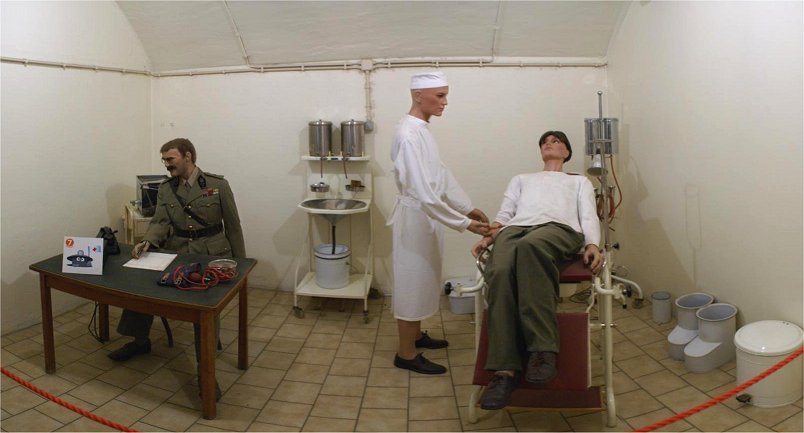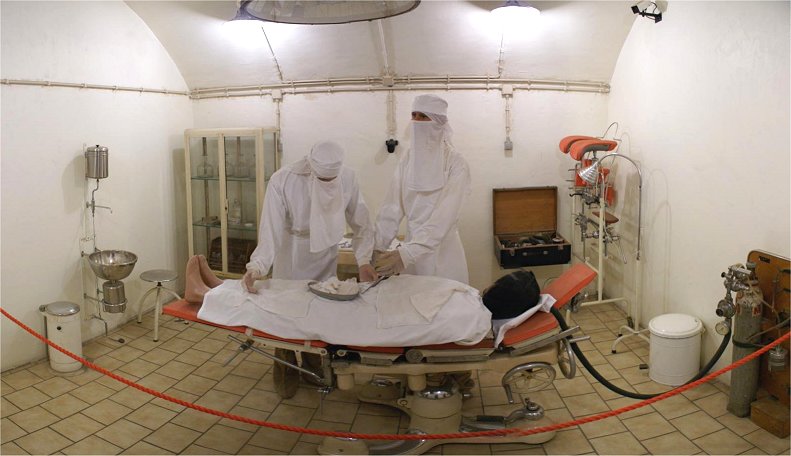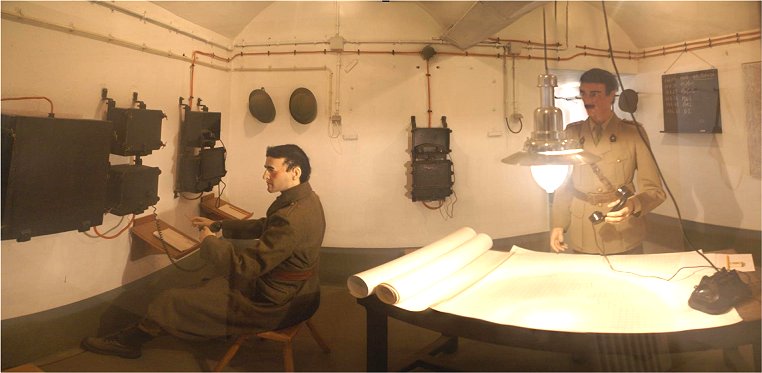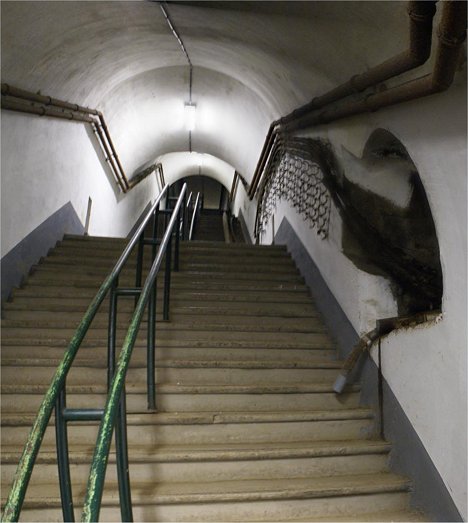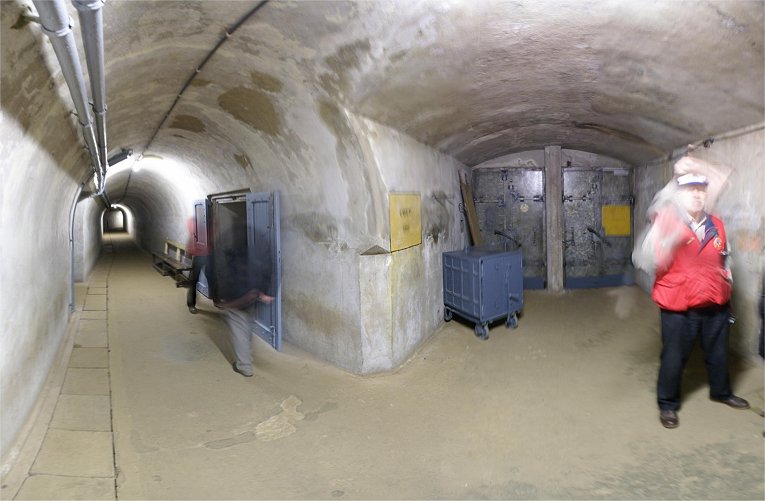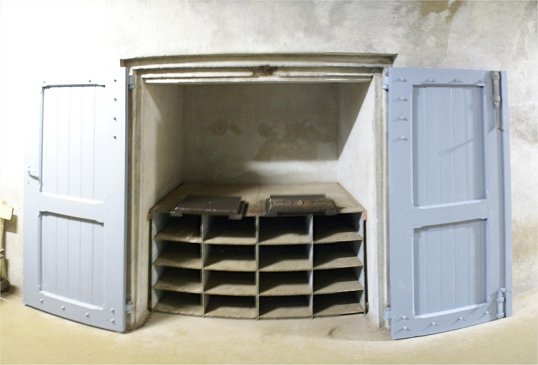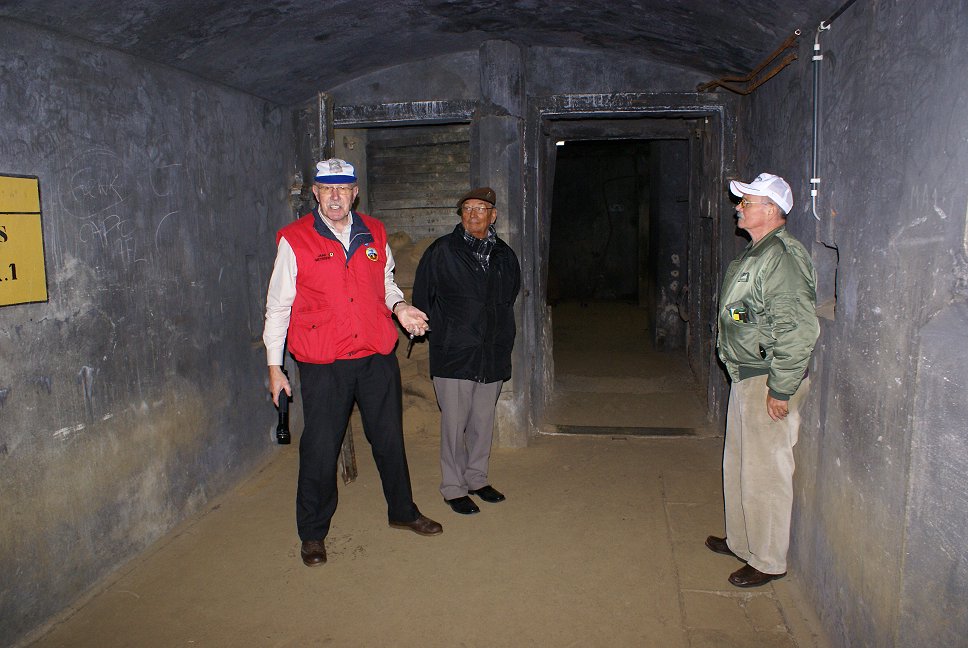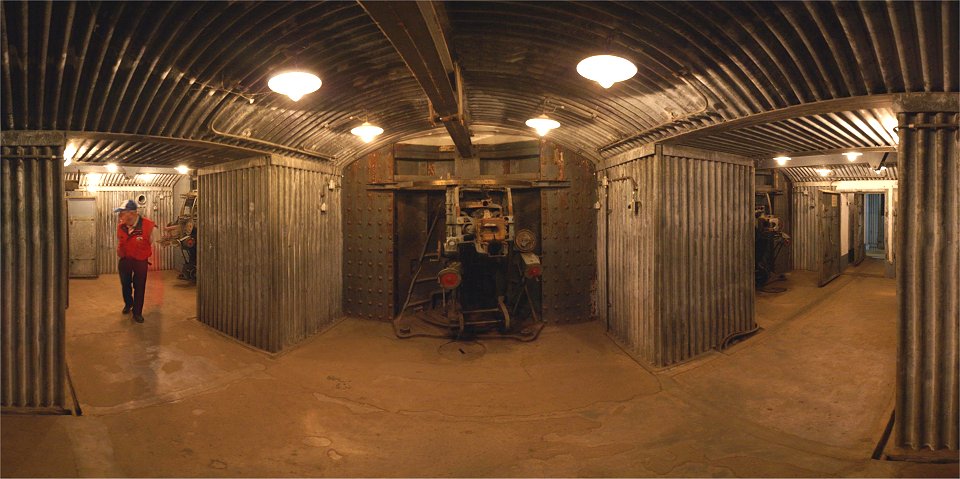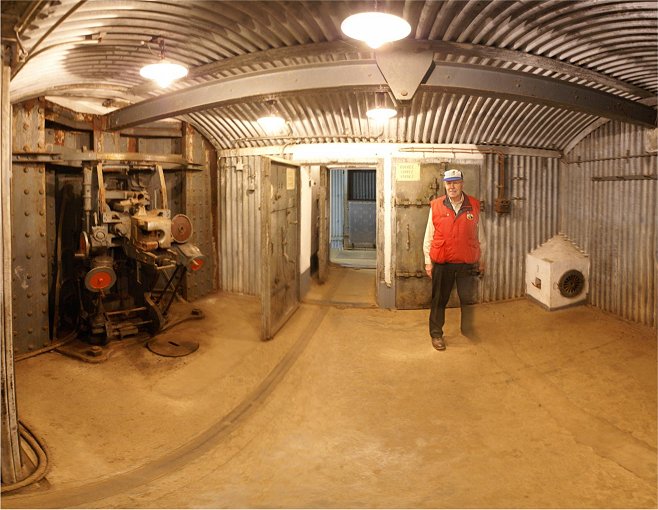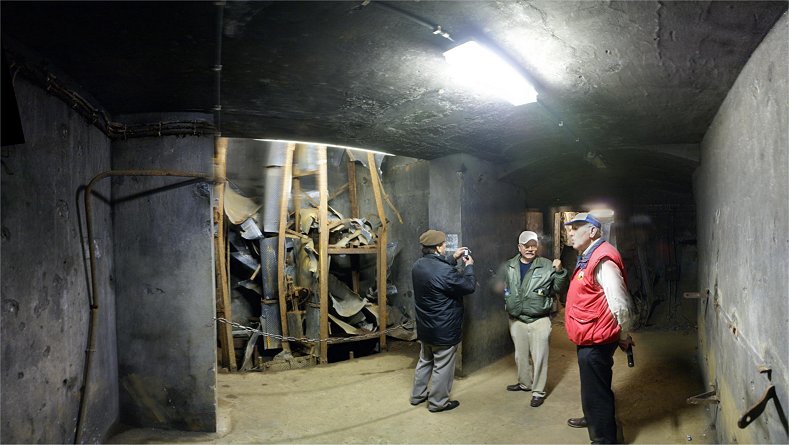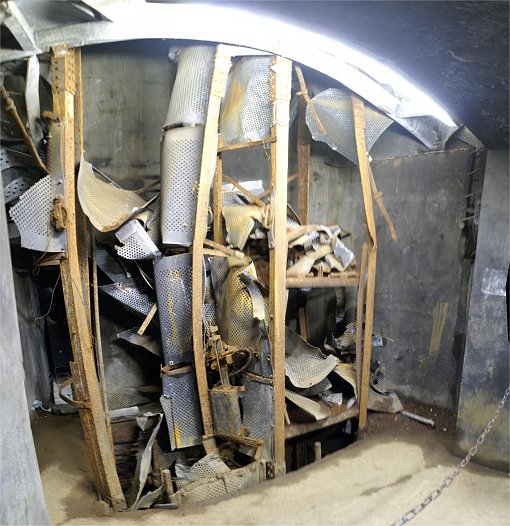An ally of France after the First World War, Belgium declared its
neutrality in 1936. In the 1920s and 30s Belgium built a series
of forts along its eastern border. A fort had been recommended at
Eben Emael as early as the late 1800s, and with the building of the
Albert Canal to bypass the portion of the Meuse River in the
Netherlands, an additional barrier was available. The fort at
Eben Emael was built atop the cut where the Albert Canal passes through a
large hill, Mount St. Peter. Eben Emael was the strongest of a
system of forts built to cover all crossings of the Meuse
with artillery. It was, in fact, considered to be the strongest
fort in the world. If the Germans attempted to invade
Belgium again, they would have to deal with the fort.
Hitler's invasion of Poland in September 1939 forced France and Britain
to declare war on Germany. German plans for the conquest of France in the fall
of 1939 were delayed until the winter, then a German officer's plane
crashed in Belgium, possibly revealing the German plan, including the violation
of Belgian neutrality. For the Germans, this was unexpectedly
fortuitous, as it forced a change of plan. To deal with Fort Eben
Emael, Hitler asked Kurt Student, commander of the Luftwaffe's 7th
Flieger Division, the first airborne division in the world, if glider
troops could be landed on the fort. Yes, they could, but how
could they capture the fort? For this, Hitler had a secret
weapon, the shaped charge.
|
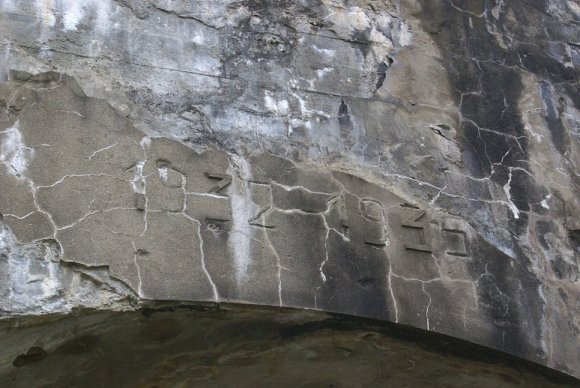 |

